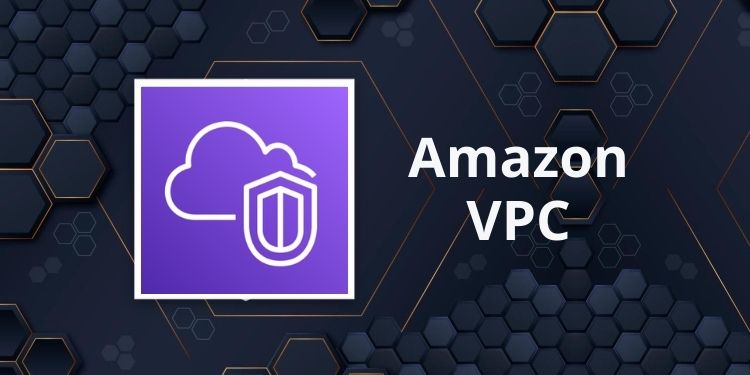Demystifying Virtual Private Clouds: Your Secret Weapon in AWS
 Amulya
Amulya
Introduction
Imagine having your very own section of the internet, completely isolated and secure. Sounds amazing, right? That's essentially what a Virtual Private Cloud (VPC) offers in the world of cloud computing. If you're diving into AWS or looking to level up your cloud game, understanding VPCs is crucial. Let's break it down!
What Exactly is a VPC?
Think of a VPC as your personal playground in the vast landscape of the cloud. It's a virtual network that you create within Amazon Web Services (AWS), giving you a isolated space to:
Run your applications
Store your data
Manage your resources
It's like having your own mini-internet within the larger internet. Cool, huh?
Why Should You Care About VPCs?
Security: Your own fort in the cloud. Keep the bad guys out!
Control: You're the boss. Set your own rules and configurations.
Flexibility: Design your network layout just the way you want it.
Scalability: Start small, grow big. Your VPC grows with you.
The Building Blocks of a VPC
Let's peek under the hood and see what makes a VPC tick:
1. Subnets
Think of these as rooms in your cloud house
Can be public (hello, internet!) or private (shh, no outsiders allowed)
2. IP Addressing
Your VPC's phone number system
Manage both IPv4 and IPv6 addresses
3. Network Access Control List (NACL)
The bouncer at the door of your subnet
Decides who gets in and who stays out
4. Security Groups
Like personal bodyguards for your resources
Controls traffic at the instance level
5. Route Tables
The GPS of your VPC
Tells network traffic where to go
6. Internet Gateway
Your VPC's door to the internet
Allows communication between your VPC and the outside world
Visualizing a VPC
A picture is worth a thousand words, right? Check out this diagram to see how all these pieces fit together:
Best Practices for VPC Mastery
Segment wisely: Use different VPCs for separate projects or environments
Plan your IP addressing: Think ahead to avoid future headaches
Use both public and private subnets: Keep sensitive stuff away from the public eye
Leverage NACLs and Security Groups: Belt and suspenders approach to security
Monitor and log: Keep an eye on your VPC with VPC Flow Logs
Hands-On: Create Your First VPC
Ready to get your hands dirty? Here's a quick guide to create your first VPC:
Log into AWS Console
Navigate to VPC Dashboard
Click "Create VPC"
Name your VPC and specify IP range
Add subnets, internet gateway, and route tables
Configure security groups
And voila! You've got your own slice of the cloud.
Wrapping Up
VPCs are the unsung heroes of cloud architecture. They provide the foundation for secure, scalable, and flexible cloud deployments. Whether you're hosting a simple website or building a complex application, mastering VPCs will set you up for cloud success.
What's Next?
Now that you've got the basics down, why not dive in and create your first VPC? Experiment with different configurations, and see how it can enhance your cloud projects. Trust me, your future self will thank you for mastering this crucial skill!
Happy cloud computing!
P.S. Have you set up a VPC before? What challenges did you face? Share your experiences in the comments below!
Subscribe to my newsletter
Read articles from Amulya directly inside your inbox. Subscribe to the newsletter, and don't miss out.
Written by